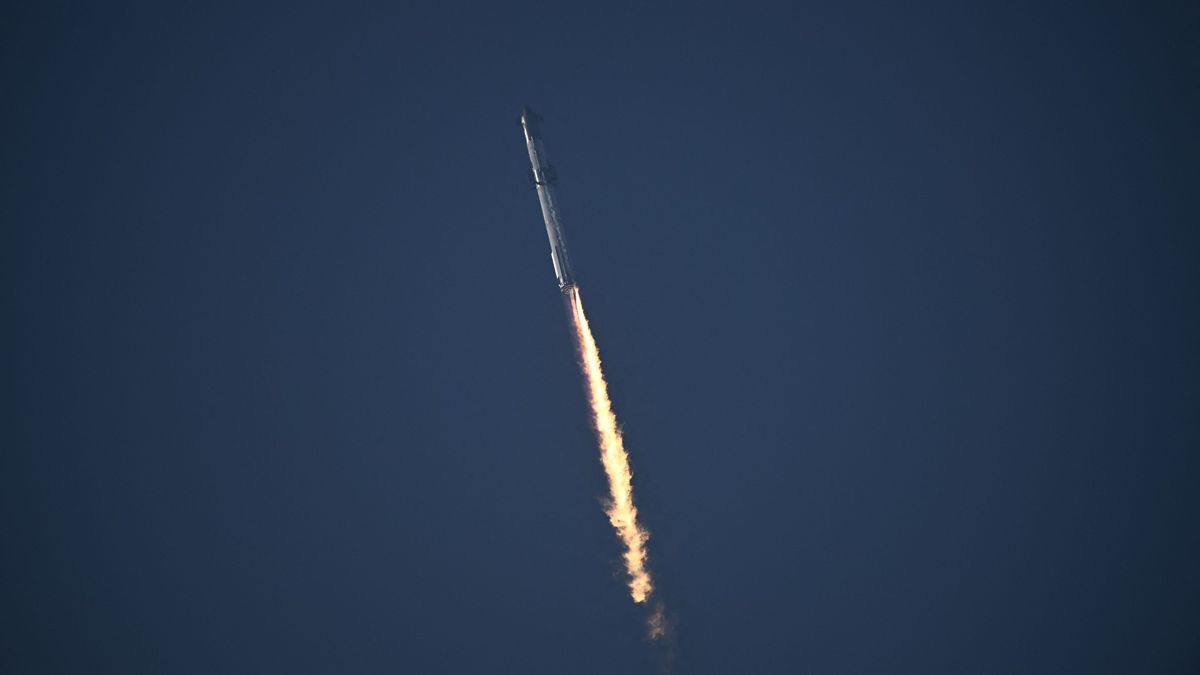SpaceX’s colossal Starship rocket, designed to carry astronauts to the Moon for NASA, embarked on its third test flight on Thursday morning. While the mission encountered a communication loss during re-entry, it achieved several significant milestones, marking a crucial step toward the future of space exploration.
A Closer Look at the Third Test Flight
This latest attempt proved to be a partial success. Here’s a breakdown of the key events:
- Successful Launch and Stage Separation: The Starship successfully lifted off and separated from its Super Heavy booster, demonstrating the functionality of the two-stage design.
- Space-Based Engine Re-ignition: A historic feat was achieved as a Raptor engine reignited successfully in the vacuum of space, a crucial capability for future deep-space missions.
- Communication Loss During Re-entry: As Starship re-entered Earth’s atmosphere, communication with the ground was lost. The cause of this issue remains under investigation.
Building Upon Previous Attempts
This third test flight signifies a substantial leap forward compared to the previous two attempts:
- Overcoming Past Issues: Unlike the earlier failures, Starship achieved a controlled separation and completed a significant portion of its planned flight path.
- Milestones Achieved: The successful execution of various maneuvers, including the space-based engine re-ignition, demonstrates significant progress in the development of the vehicle.
The Road Ahead for Starship
While the communication loss during re-entry presents a challenge, this test flight represents a major step forward for Starship.
- Future of Space Exploration: The successful maneuvers achieved pave the way for further advancements in deep-space travel, potentially supporting NASA’s Artemis program aiming for a human return to the Moon.
- Learning from Challenges: Analyzing the data from the mission, particularly the cause of the communication loss, will be crucial for refining the design and ensuring the success of future Starship iterations.
The Race to the Moon:

Space Race Heats Up: Blue Origin Enters the Ring
The news also highlights the intensifying competition in the private space industry:
- Jeff Bezos’ Blue Origin: Amazon founder Jeff Bezos’ space venture, Blue Origin, has announced plans to build a rocket manufacturing facility and launch site in Florida, indicating their ambitions in lunar exploration.
With SpaceX nearing the operational stage of Starship and Blue Origin making strides, the competition to be the first private company to send humans to the Moon is heating up.
- SpaceX’s Head Start: Currently, SpaceX appears to hold a significant lead with the upcoming Starship test flights and a targeted lunar mission for NASA astronauts by September 2026.
This highlights the rapid progress being made in the private space sector, with both SpaceX and Blue Origin vying to be at the forefront of lunar exploration. While challenges remain for Starship, the successful completion of key objectives in this recent test flight signifies a promising future for deep space travel.



















